Let’s face it. Things haven’t been easy.
The truth is, no one knows exactly when or how tough times like this will hit. We all had plans for the coming months, but no one could have completely planned for the COVID-19 outbreak.
Anyhow, the show must go on.
With almost everyone stuck at home, moving your business online is the most important thing you need to do. In this post, we show you five ways you can keep your business going (and growing) online.
Want to learn more about how to recession-proof your business? We, the Sumo Group, have put together a ton of content and resources to help. You’ll discover:
Guides, tips, and tools to remote working for individuals and teams.
Content on staying productivity and healthy while growing your business during tough times.
Raw footage of the Chief Sumo, Noah Kagan sharing thoughts and tips on thriving (not just surviving) during recessions like this.
Access to Facebook groups we’ve created for entrepreneurs to help each other.
Application to the Software Fund — $1M worth of software to businesses impacted by the coronavirus
Click the button below to find out more.
1. Grow An Email List
At Sumo Group, we swear by our email list. Every brand we have — AppSumo, Sumo, KingSumo, FAM, SendFox, and Haul Drop — was once a simple idea and a list of passionate subscribers.
And we’ve helped many ecommerce brands, including CRIK Nutrition, Tenikle, KLOS Guitars, grow their business by growing an email list.
Here are a few reasons growing an email list is a crucial part of online marketing:
More people use and check emails. The number of people who use email will surpass 4 billion by the end of the year (before accounting for any spike related to this isolation). With social distancing and isolation happening right now, even more communication turns to emails.[*]
High return on investment. For every $1 marketers spend on email marketing, they can generate $42 in return. That’s an average ROI of 42:1.[*]
Source: Litmus.com
You’re in control. You have a direct connection with your audience and customers with an email list. Even if you switch your email service provider, you can export the list, and the email addresses are your asset. On the flip side, you have little or no control over the followers you have on most social media sites.
Targeted segmentation and personalization. Most email service providers allow you to segment your email list and send highly personalized emails. These features make your marketing messages more targeted and relevant to your audience.
Luckily, we’ve been writing about email marketing for years. Here are a few posts that come in handy:
A 30-day roadmap to get 1,000 subscribers in 30 days. Let’s start with this step-by-step guide that shows you how to grow an email list fast.
You have a business but you don’t have a website yet, so how do you grow an email list? In this post, we show you 15 ways you can do just that without a website.
Want more ideas to build an email list for free? Here are 60 things you can try right now.
Growing an email list is only half of the game. Email marketing is more than that. Here’s a podcast episode (with a blog post) where Noah Kagan interviews Gary Levitt, the founder of Mad Mimi, on email marketing best practices.
2. Bring Your Business On Shopify
With everyone staying home to #flattenthecurve, many brick-and-mortar stores will see their revenue taking a huge plunge. On the flip side, Amazon is hiring 100,000 people to deal with the surge in online orders.[*]
In short, this is the best time to take your business online.
Many retail businesses have thought about setting up an ecommerce store and bringing their business online — but most of them were not sure where to start.
Our top recommendation: Shopify.
A few quick facts about Shopify:
It’s one of the largest ecommerce platforms in the world, second only to WooCommerce (an ecommerce solution for WordPress sites). It has more users than other platforms such as BigCommerce, Magento, and more.
Shopify offers a suite of services to independent merchants that includes storefront, hosting, marketing, inventory management, shipping, customer service, and more — at an affordable price starting at $29 per month. Due to the impact of COVID-19, Shopify is offering an extended 90-day free trial.[*]
It also has other products: Shopify Plus, an enterprise-level plan that comes with additional features and greater flexibility in customization; and Shopify POS, a solution to integrate Shopify with a retail setting.
Over 1 million merchants worldwide use the Shopify platform.[*]
Shopify has made it incredibly easy to start an independent ecommerce business. Here are the resources we’ve put together to help you set up your Shopify store quickly:
A complete step-by-step guide Shopify tutorial for beginners. By the end of this guide, you’ll have your Shopify store set up to start making your first sales online.
Shopify App Store offers a wide range of Shopify apps to enhance the functionality of your store. Find out the must-have Shopify apps to increase sales and grow your business.
Want to learn even more about running a Shopify business? We’ve compiled a list of the best Shopify training courses to level up your ecommerce game.
3. Reach Your Prospects Through Email Outreach
It’s obvious to see that email becomes a major way people communicate during times of social distancing and isolation.
No more walk-ins. No more business networking. No more coffee sessions.
Fortunately, we at Sumo have been doing this for a long time. We’ve used email outreach to:
Connect with influencers to promote our content, marketing campaigns, and products.
Build relationships with industry leaders to work on partnerships and stay on top of the latest trends.
Reach out to prospects to book product demos and close sales (email outreach made us millions of dollars in revenue).
Ready to make the most out of email outreach?
Here’s everything you need to get started:
If you’re a total beginner when it comes to email outreach, the AppSumo guide to email outreach is for you. Let’s get started on Step 1.
Bad cold email subject lines = no opens. Here we show you 34 cold email subject lines from pro marketers (with open rates) to help you hack the outreach game.
Need some inspiration to get started? Check out Sumo’s best cold email templates with tips on how your team can craft the best cold emails in your industry.
What if you don’t get a reply from the prospects? No worries. Here’s a blog post where I reveal the follow-up email samples our Growth Team at Sumo uses to get responses from prospects.
4. Invest In Content Marketing
While I was getting overwhelmed by all the news and dramatic changes about the Coronavirus and market crashes, the Chief Sumo Noah Kagan himself told me this:
Everyone was overwhelmed. But instead of panicking and getting paralyzed, this is the time to start sharing positivity and helping people. For us, it’s creating resources to help small businesses weather this storm and come out stronger.
The key takeaway here is that content marketing has become increasingly important in the COVID-19 outbreak because more people are searching for what they want online.
It doesn’t need to be content around the current crisis, but content that:
Help your target audience solve the problem they are facing.
Connect your products or services as the solution they are looking for.
It can be intimidating to think about creating online content if you’re a total beginner. But we’re here to help. Content marketing is a huge topic to talk about, so I’ve broken it down into a few different sections.
WRITING AND PUBLISHING BLOG POSTS
Not sure what to write about? Here are 60 blog post ideas we have to help you fill up your content calendar.
The biggest secret to successful content? Create remarkable content that people want to read and share. Here are the three irrefutable cornerstones behind writing content that matters.
Already have a blog? Find out these content marketing hacks that helped double Sumo’s blog traffic.
BLOGGING AND SEARCH ENGINE OPTIMIZATION (SEO)
Need more information on blogging? We’ve got you covered.
Your blog posts become incredibly powerful (drive more traffic) when they rank on the search engines. Here’s the SEO basics for beginners by Ahrefs.
How do you make sure your blog posts get long-term search traffic before you create them? You do keyword research. AppSumo put together a guide on using keyword research to build your content strategy.
Your blog post headlines dictate if people click to check out the content. Better headlines = more clicks = more shares = more reach = more customers. Use these headline formulas to create your effective headlines today.
You can write a high-quality piece of content, but if your formatting is off and difficult to navigate, you’ll have a hard time keeping readers engaged. Here’s the guide on how to format your blog posts so you can keep readers engaged and increase conversions.
CREATE AND LAUNCH A PODCAST
Writing may not be your strength and we get it. A great alternative to starting a blog is to launch a podcast.
With 51% of the U.S. population over 12 having listened to a podcast and 22% listening to podcasts weekly, it’s a huge channel to reach more people.[*]
Here are a few blog posts we recommend you to check out if you’re interested in starting a podcast:
James Schramko, the man behind SuperFastBusiness.com shares his step-by-step guide on how to start and grow a podcast. We called it the 1,000,000 Download Formula.
More guide on launching a podcast — here’s how Noah Kagan started his own podcast and grew it to over 10,000 downloads in the first month.
Don’t want to start a podcast but want to get featured and interviewed on one instead? We have a guide on how to get podcast interviews with pitch outreach templates.
5. Build An Online Course
For years, people have talked about how online learning could change the world. However, progress is slow. But now, the coronavirus pushes the trend forward as we’re forced to physically isolate ourselves.
Most trends come and go — for example, the demand for toilet paper and hand sanitizers. But it’s not hard to see that online learning, especially for small independent businesses (rather than the traditional education industry), will stay when this is over.
There are many ways you can implement an online course into your business:
Sell knowledge and information. This is straightforward and applicable to many industries like fitness, arts, business and more. If you know something people want to know, you can package it into an online course and sell it.
Educate your audience about your products. Showing your audience how to get the most out of your products increases retention and makes them more likely to become an advocate. Here’s an example of how Ahrefs does it.
Drive more leads into your business. You can use an online course to generate leads for you (best for service-based businesses).
Here are a few posts we highly recommend you to read on building an online course:
Teachable has an amazing guide on how to create your first online course in 7 steps. The post has everything you need from coming up with your ideas to launching your course and making your first sales.
We created an online course called Monthly1k in 2013 and generated over $1,000,000 from it. We’ve since closed the course, but the insights we learned still apply to many online courses today. Check out the case study here.
Yaro Starak is one of the FIRST people to make money from online courses. Here’s a podcast episode where Noah interviews Yaro on how he created a 7-figure online course — twice.
Grow Online and Recession-Proof Your Business Today
Sh*t happens.
We might have no control over it, but we do have control over how we react to it. What you do now will dictate the outcome you get when this is over.
We know it’s challenging. That’s why our team has come together with content and resources to help you recession-proof your business.
Ready for more?
Guides, tips, and tools to remote working for individuals and teams.
Content on staying productivity and healthy while growing your business during tough times.
Raw footage of the Chief Sumo, Noah Kagan sharing thoughts and tips on thriving (not just surviving) during recessions like this.
Access to Facebook groups we’ve created for entrepreneurs to help each other.
Application to the Software Fund — $1M worth of software to businesses impacted by the coronavirus



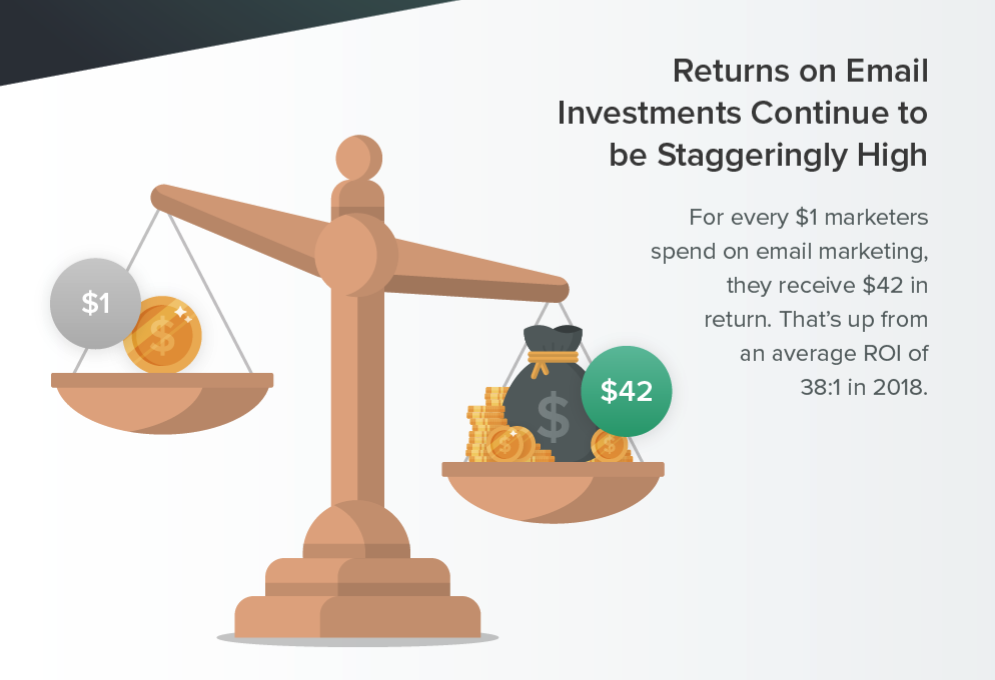
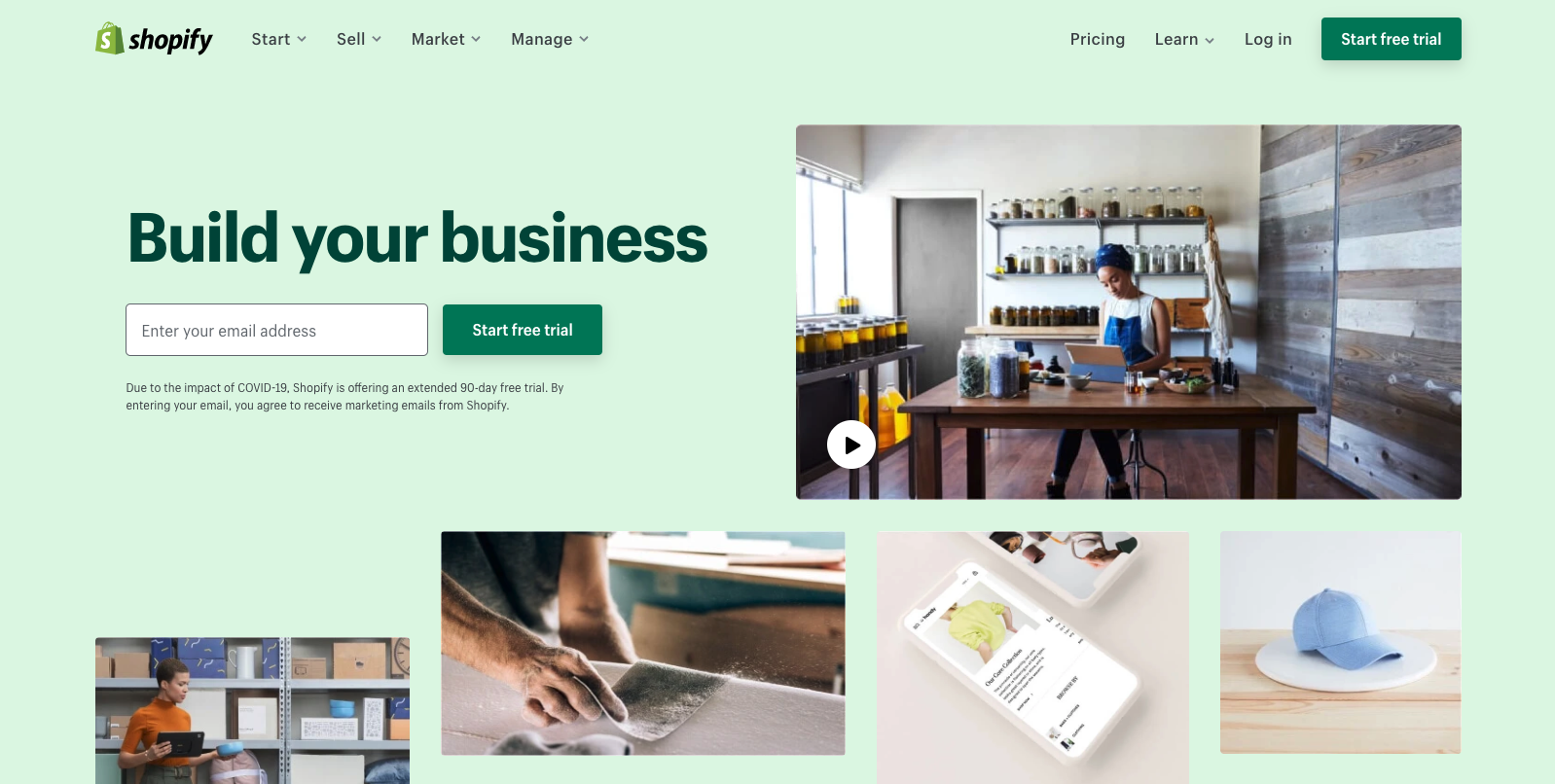
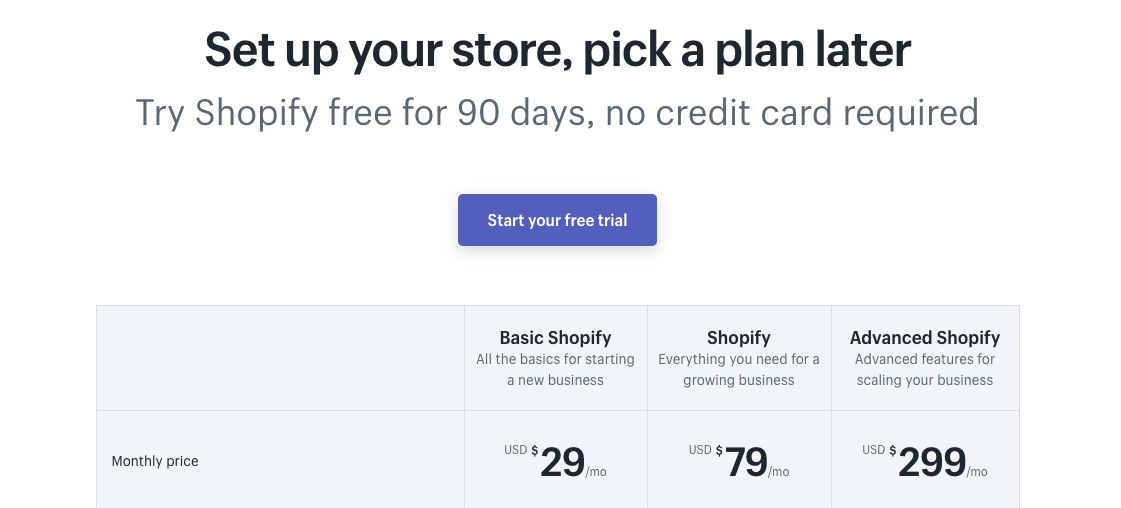
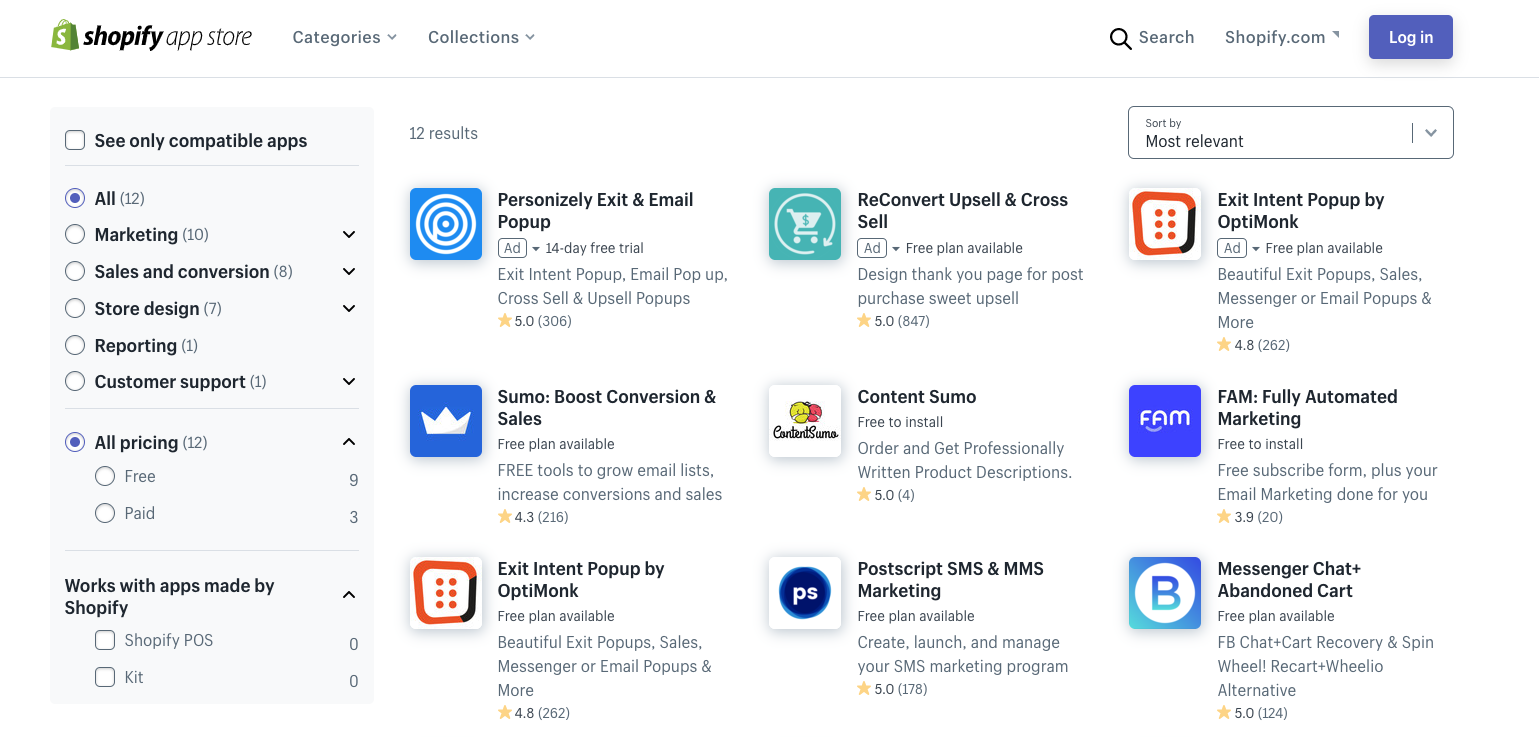
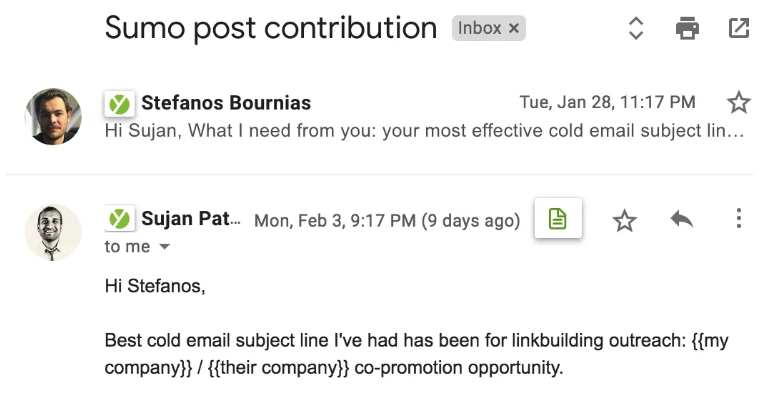

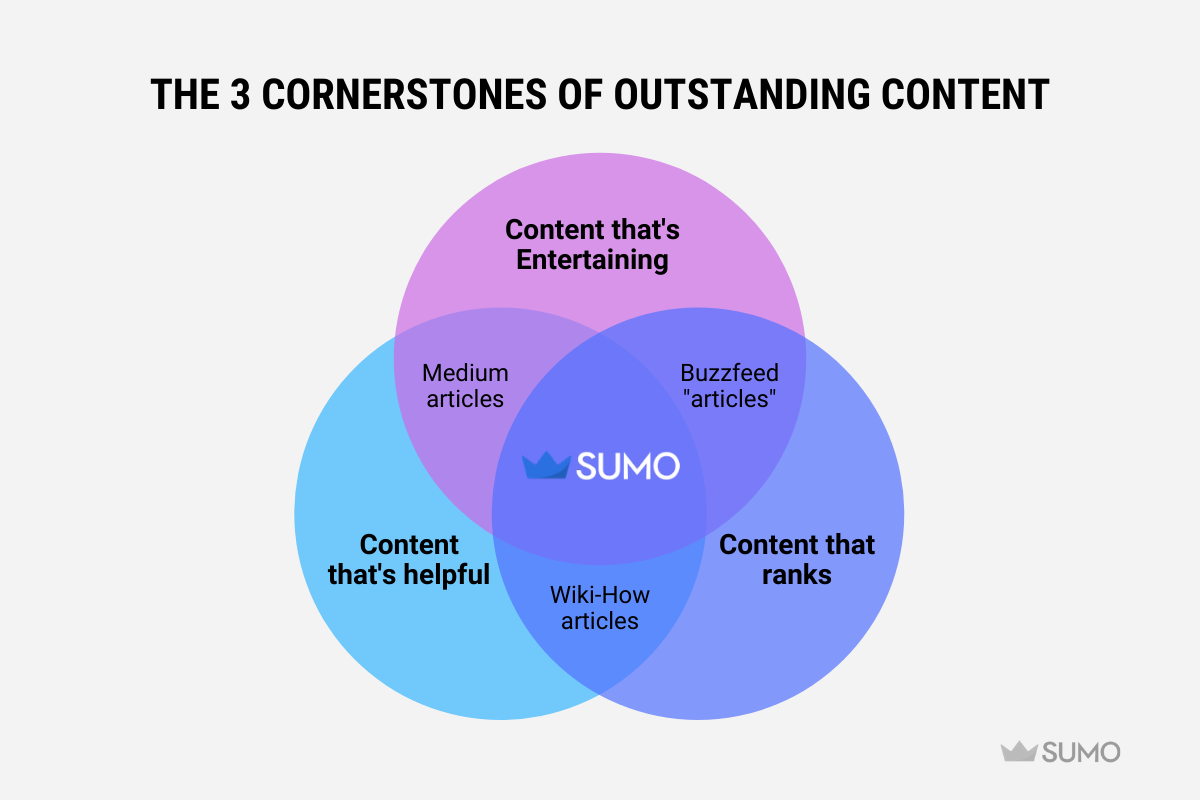
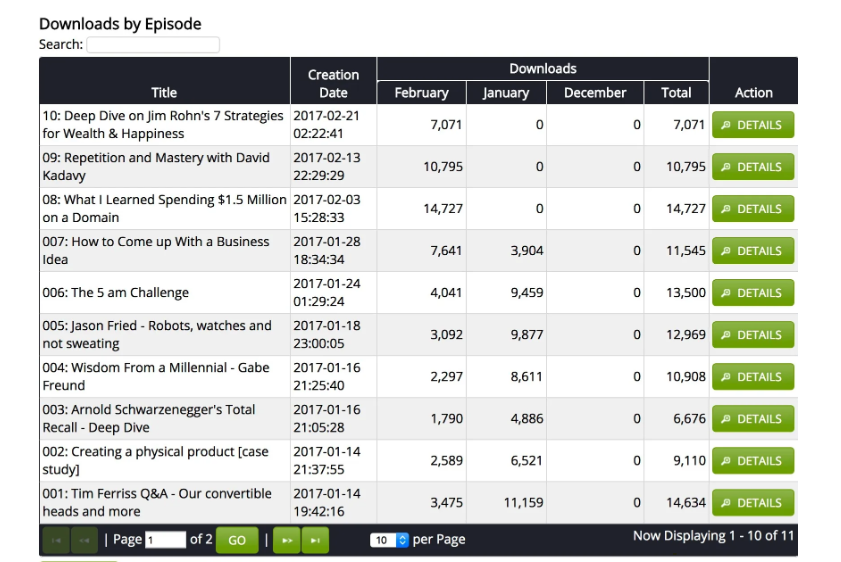
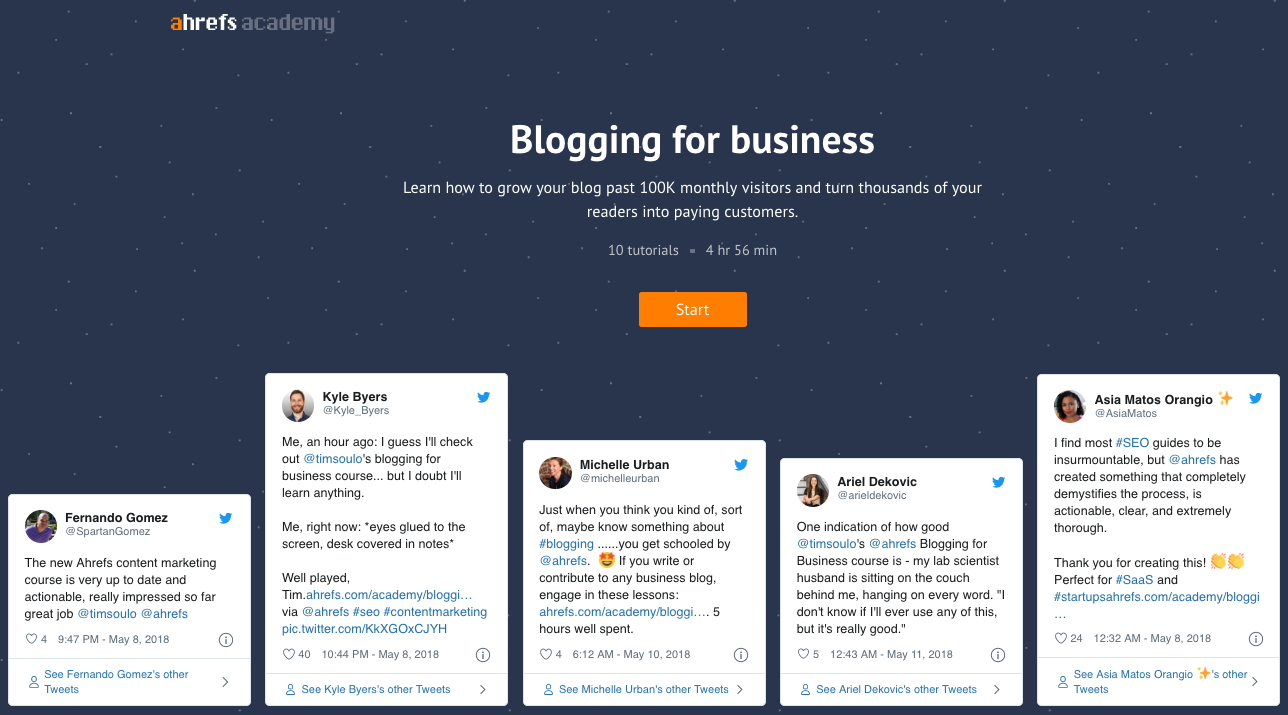

Comments